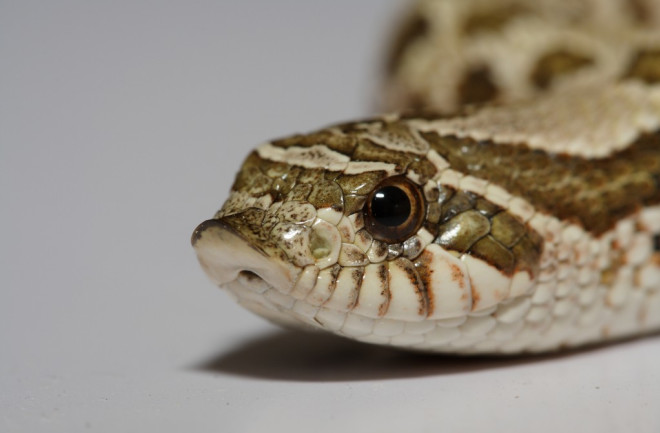When you look one of these little snakes in its adorable little face, it’s not hard to see how the hognose got its name. Their upturned snoots give the snakes a porcine appearance.
Watch: Hognose Snake Fakes Death In Most Overacted Way
'Playing possum' is called thanatosis by biologists, and this snake is really killing it.

Who's the cutest wittle snakey-wakey? This Western hognose, that's who. (Credit: Borhuah Chen/Shutterstock)
Newsletter
Sign up for our email newsletter for the latest science news
0 free articles left
Want More? Get unlimited access for as low as $1.99/month
Stay Curious
Sign up for our weekly newsletter and unlock one more article for free.
View our Privacy Policy
Want more?
Keep reading for as low as $1.99!
Already a subscriber?
Find my Subscription
More From Discover
Stay Curious
Subscribe
To The Magazine
Save up to 40% off the cover price when you subscribe to Discover magazine.
Copyright © 2025 LabX Media Group
